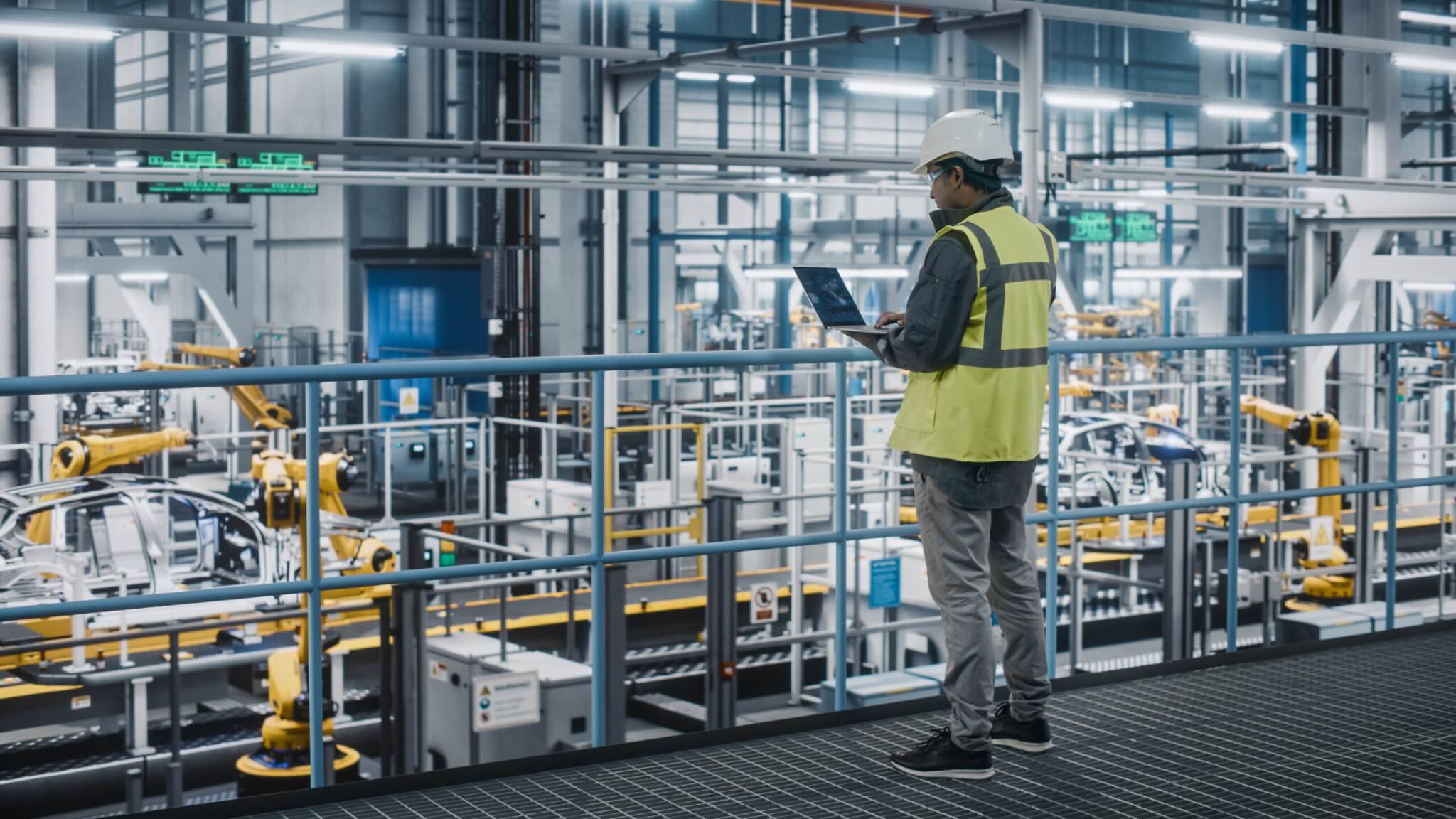Advanced Manufacturing Production Credit Proposed Guidelines

On December 15, 2023, the Department of Treasury and Internal Revenue Service published Notice 2023-27498 regarding the proposed guidelines for the Section 45X Advanced Manufacturing Production Credit under the Inflation Reduction Act (IRA22). These provisions related to the tax incentives are offered to manufacturers involved in the energy transition economy in the US, specifically, companies that produce and sell “components” used in renewable energy projects, particularly solar, wind and energy storage, as well as production of the critical elements considered essential in most of the common clean energy activities.
Although these proposed guidelines are subject to change, we wanted to highlight several aspects that we expect to be important to our clients and other market participants.
The Advanced Manufacturing Production Credit considerations clarify that materials must undergo “substantial transformation” and not “assembly” or insignificant “modification” to be considered an actual production operation. The proposed guidelines later note that a process of production of critical minerals should include “a chemical transformation from one species to another.” The provisions also explain that simply purchasing the raw materials or mineral extraction are not considered eligible production for the purposes of the credit.
It is notable that this clarification is consistent with the expectations we are seeing around the Section 45Q carbon sequestration credits in terms of requirements to improve or modify the property in question as a basis for substantiating and calculating the tax credits.
In addition, the guidelines related to the definition of the manufacturer (or “person”) and requirement that these components be sold to an “unrelated person” are further delineate in a few important ways: (i) it seems that it is key that an arms-length sale occurs with the component product even if not made directly by the taxpayer but by an entity “related to the taxpayer,” which can be an important aspect for certain vertically-integrated companies. Additionally, (ii) the eligible taxpayer (“person”) must be the entity performing the production activities. There is some optionality around a “contract manufacturing” relationship, but only if such production yields unique products that are not already in common production (“off-the-shelf”).
A few other noteworthy clarifications:
- Inability to twin Section 48C credits with 45X credits for the same product
- Guidelines proposed for “offshore wind vessels”
- More details around inverters and batteries, including technical specifications for qualification and what aspects of a system are eligible (including minimum batter cell qualifications of at least 7 kWh)
- Technical differential of what qualifies as eligible critical minerals for common elements aluminum and graphite so as to draw distinctions for the form of these elements commonly used in clean energy systems
- Similar to Domestic Content provisions previously reported, this credit requires production to occur in the US, but the guidelines allow for constituent inputs to be excluded from this requirement, provided the actual transformation/manufacturing process occurs in a domestic facility
- As with all tax credits and new provisions under IRA22, analysis and recordkeeping is emphasized as “substantiation” to these claims, which we view as an important role for firms like ours.
As with the other incentives under IRA22, we are excited to integrate these Advanced Manufacturing Production Credits as an important tool in corporate and project financing for manufacturers producing energy transition components in the United States.
For more information, please contact:
Lance Healy, Managing Director, FD Real Asset Advisors | lance.healy@fdrealassets.com
The information in this article was intended to provide general information for individuals and companies interested in the subject matter. It may contain opinions and details which may or may not be indisputable and should not be considered fully exacting or comprehensive in nature. The information herein should not be considered tax, legal, investment or any other advice of any kind.
Contributors
Lance Healy, Managing Director
Explore related insights
-
How to Untangle the Web of State Tax Complexity: A Guide for Tech Companies
Read more: How to Untangle the Web of State Tax Complexity: A Guide for Tech Companies
-
Sustainability Reporting is Evolving. Are You Ready for What’s Next?
Read more: Sustainability Reporting is Evolving. Are You Ready for What’s Next?






